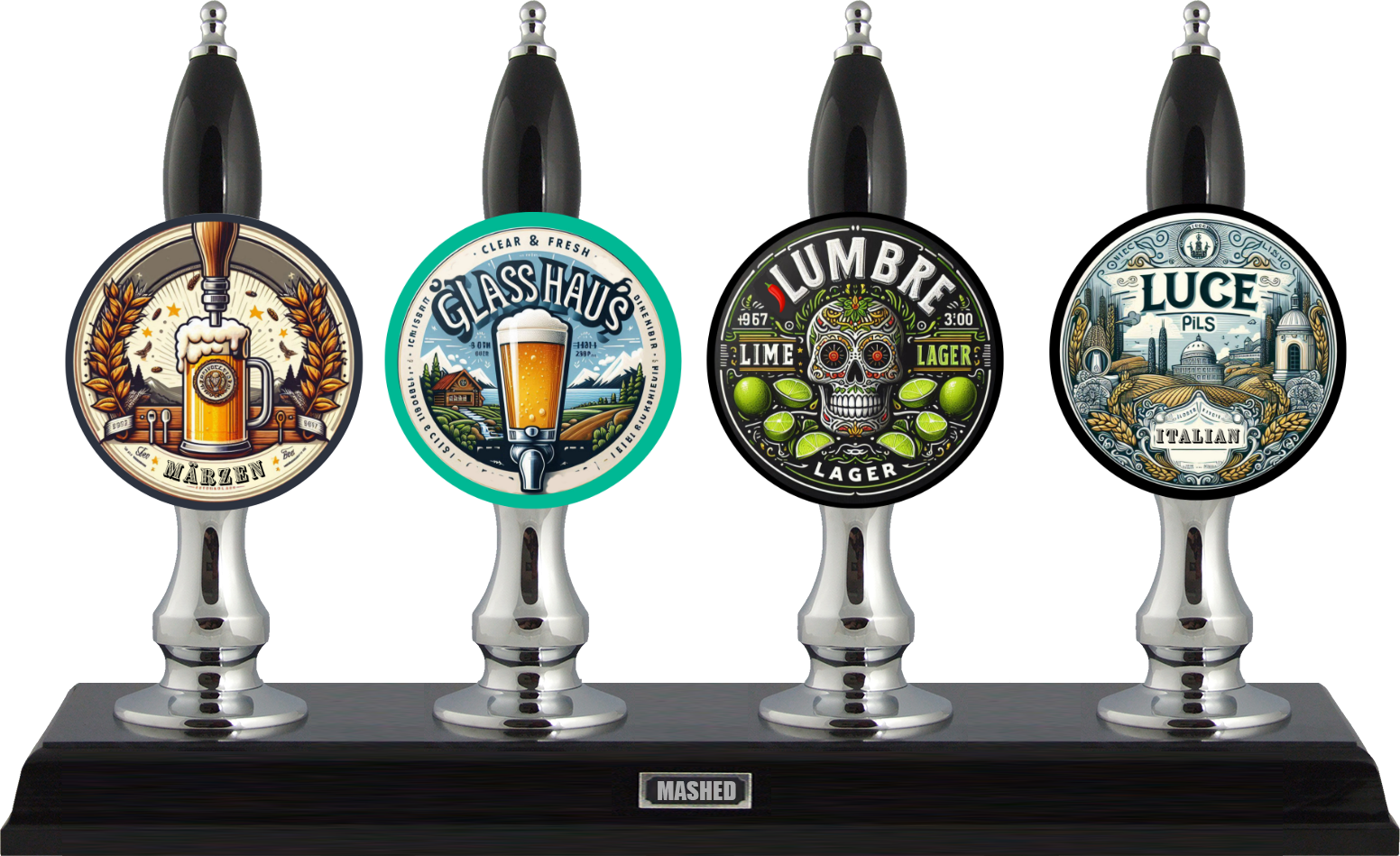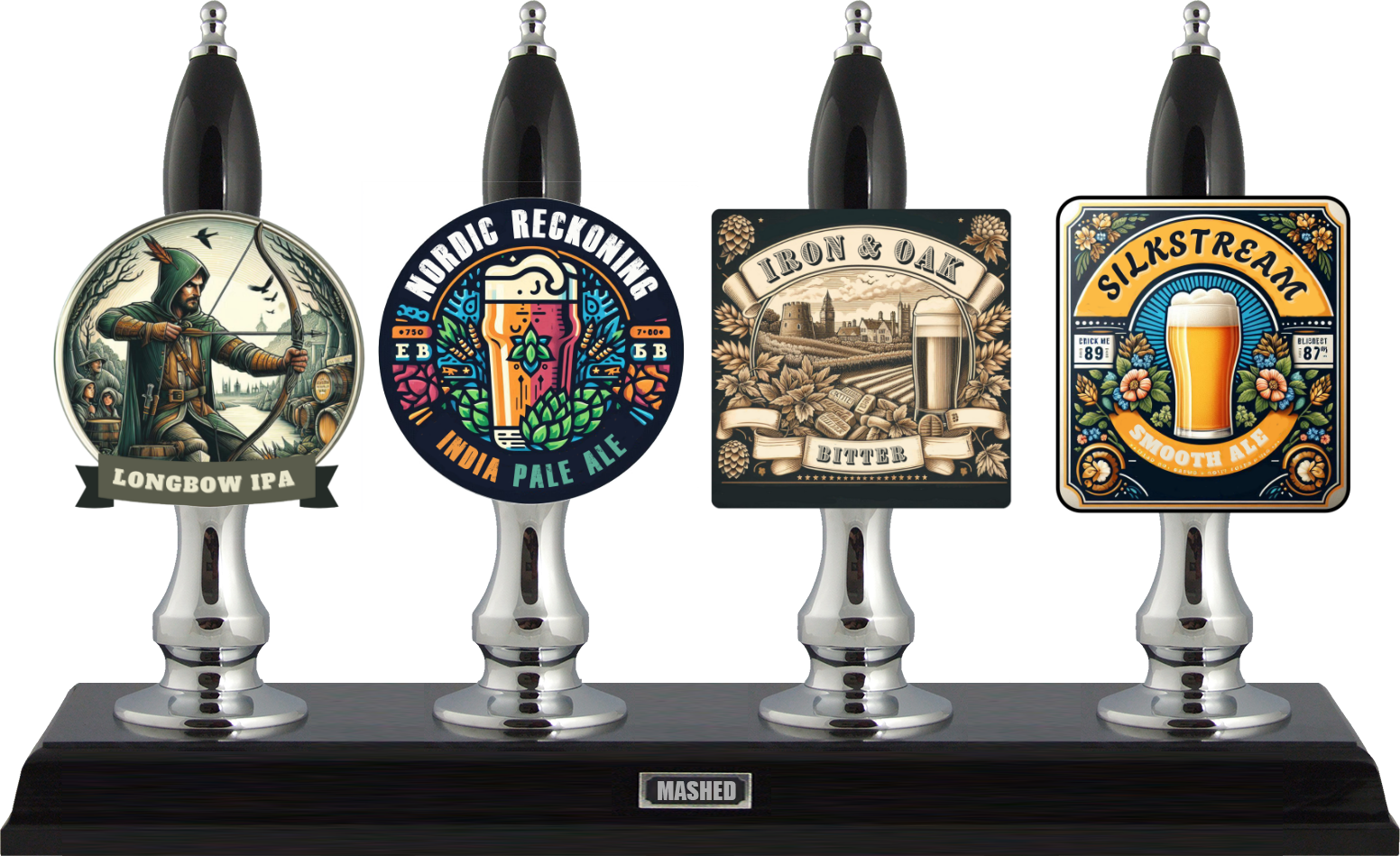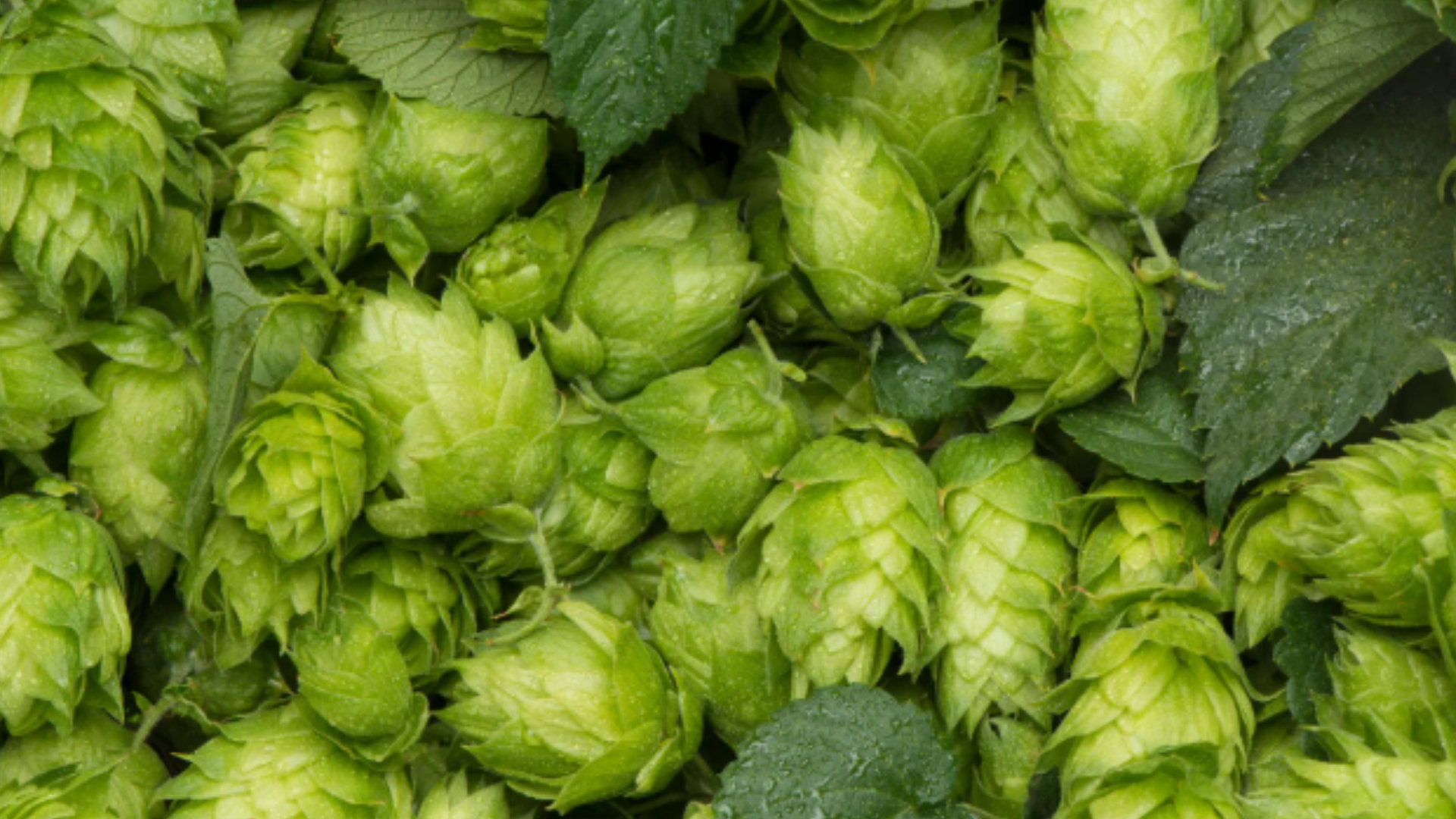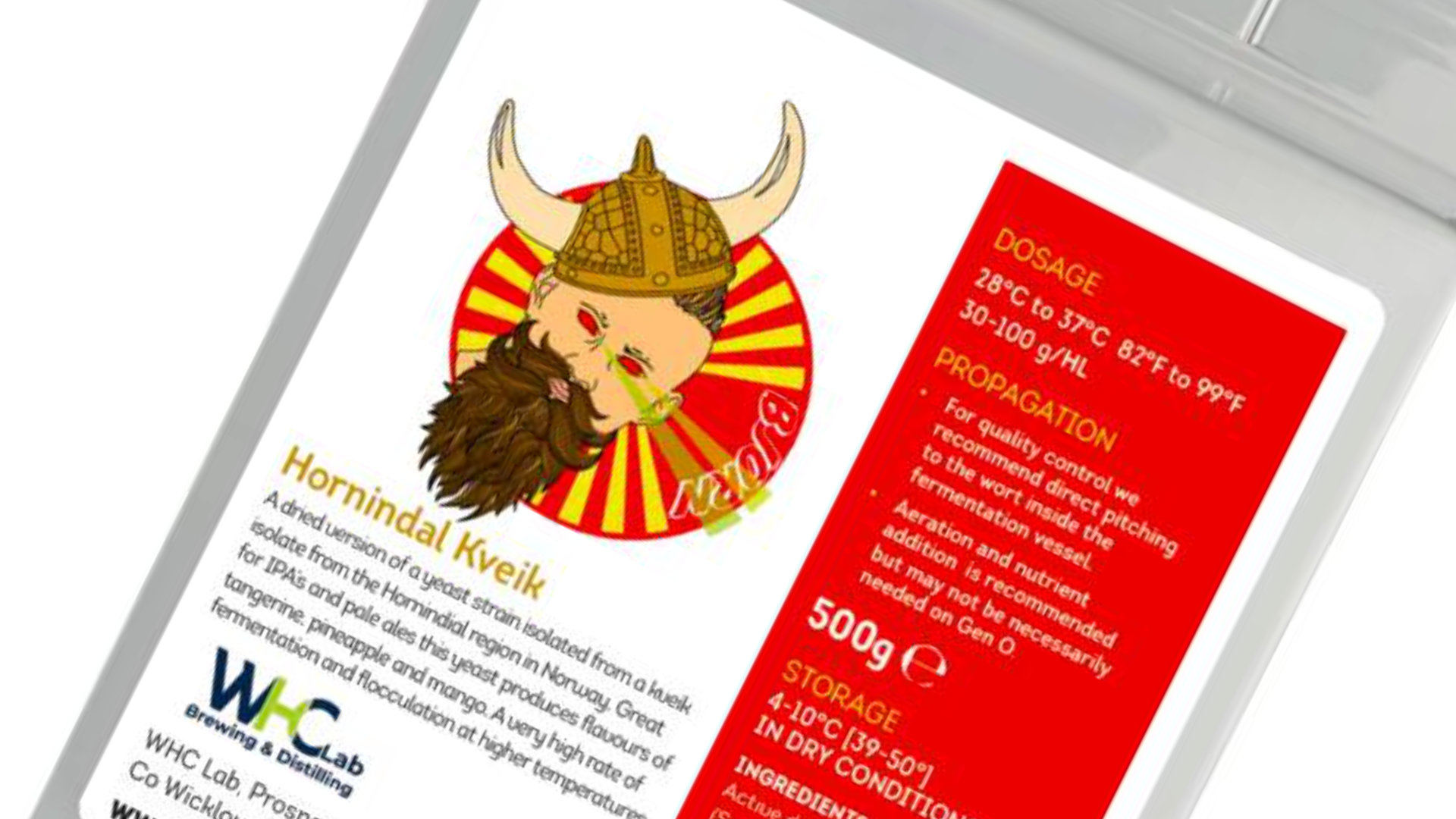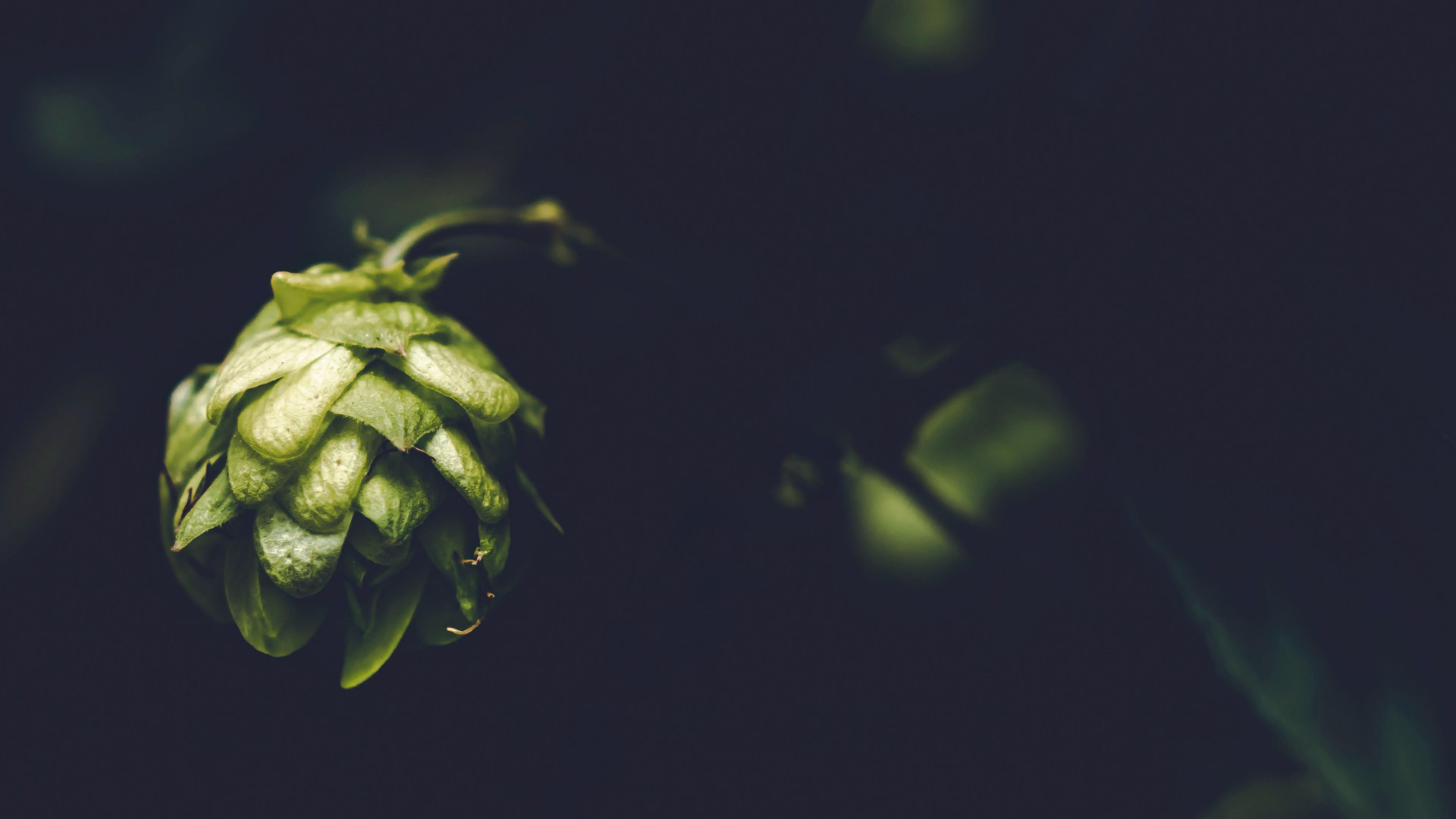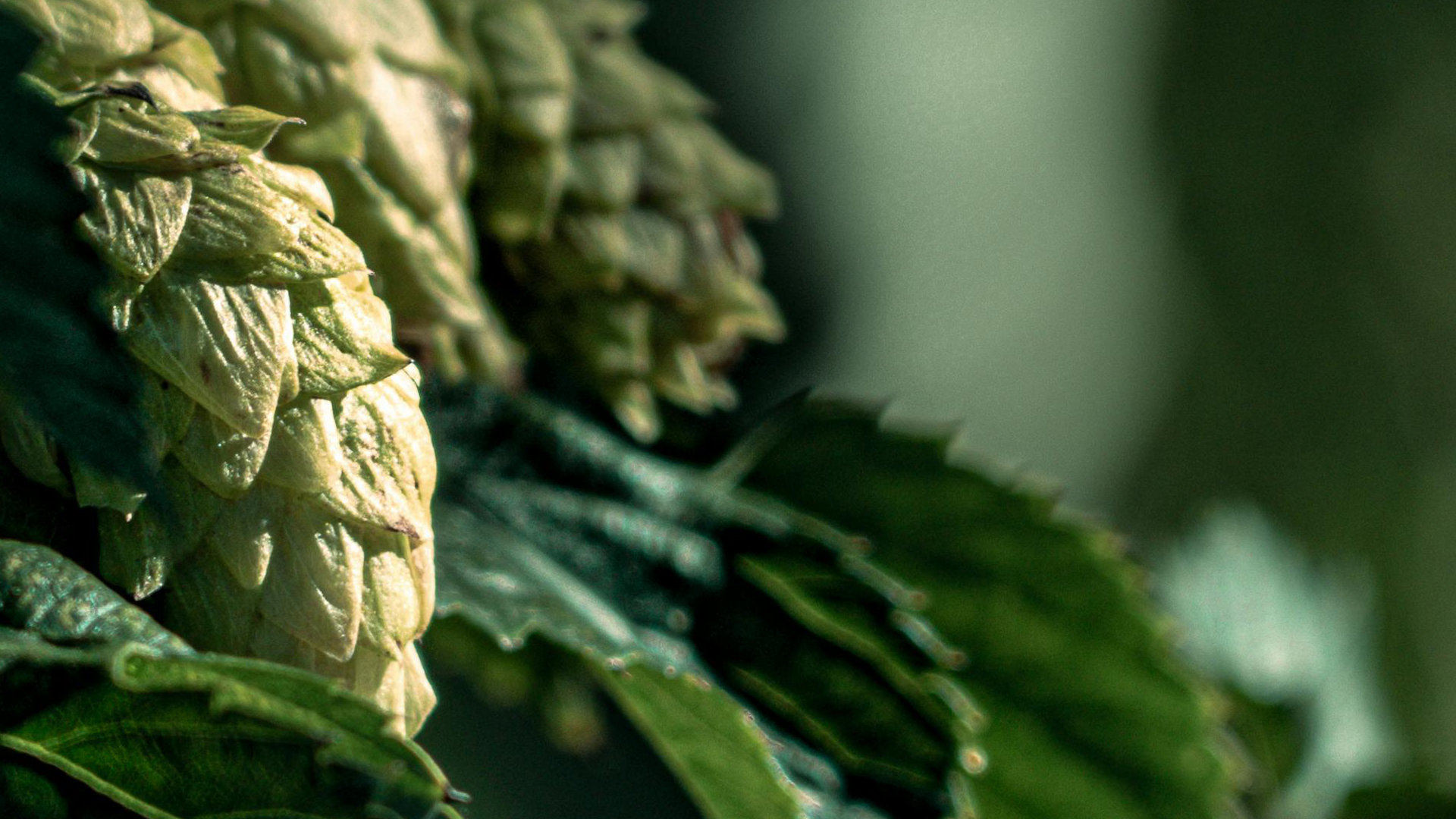What are the advantages of blending yeasts?
The primary situations where you’d blend or mix yeast is when you are looking to combine or synergize either performance features or flavour contributions. As one example, (and I’m going to use our strain numbers, but in almost all cases these are strains offered by other suppliers as well), a lot of people use OYL-011 British Ale V (a “London III-type†strain) for hazy IPAs, but some people would rather they finish a little drier. Or people have been using our version of Conan (OYL-052 DIPA) and love its ester profile, but it isn’t reliably hazy (it’s a strain we’d characterise as “haze-neutralâ€). In both cases, blending the two, usually at a 50/50 rate, solves these problems: reliable haze, finishes a little drier, with some of the ester profile of both strains. When I was homebrewing, I used to regularly use a blend in my saisons that was part saison yeast, part Belgian yeast whose ester profile I liked, and a little bit of wine yeast (Lalvin 71B) for the esters it brought.Â
Others use blends to overcome certain shortcomings of some strains. For example, a number of diastatic Belgian yeasts are well known for stalling midway through fermentation. Blending these with a small amount of either a clean ale strain, or a flavour-complimentary Belgian strain, can help push through the stall for relatively unproblematic fermentation. We made a hybrid strain here at Omega (OYL-500 Saisonstein’s Monster) that was based on this idea, by mating two different saison strains. Maybe you want to brew a hefeweizen, but don’t want the phenols to be very prominent. You can boost ester production, but that’s only going to affect the perception of phenols, not the actual amount. Another solution would be to blend it with an estery, non-phenolic strain.
Which characteristics of yeast pair well?Â
As I mentioned, performance or flavour synergies. Flavour-wise it doesn’t always work out this way, but when thinking about blending, it’s good to start with the assumption of proportional contributions - if you only have 50% of a certain strain in a blend, you should expect to get about 50% of the flavour contributions. That said, small amounts of yeast in a blend may or may not be enough to have an effect, and you’ll need to play around with proportions if you are going that route.
What should you avoid when mixing yeasts?
Generally speaking, I would avoid blending yeasts that work at hugely different temperatures. Some people blend lager and ale yeast to ferment things like a cream ale or a California common, but you’d need to ferment that in the low 60s [around 15-17°C]. Otherwise you risk the lager component throwing too many esters at warmer temperatures, or the ale yeast really not doing much of anything at colder temperatures.Â
I would also note that some strains can have radically different growth rates, so one of the problems with blending is that it is difficult to maintain long-term before one strain starts to become dominant over several generations (this can also be affected to some extent by when and how you harvest).



.jpg)


